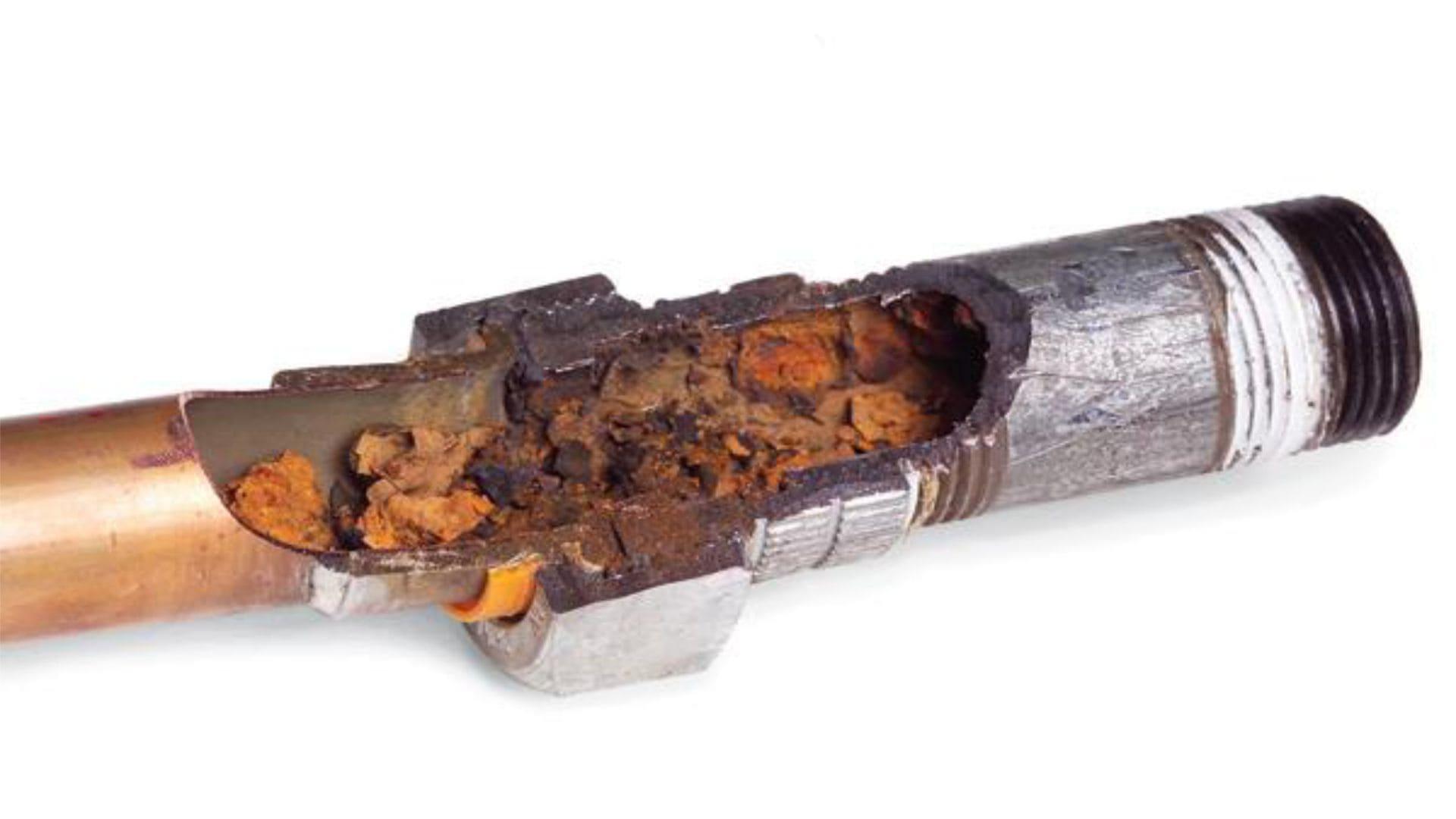
Galvanic Corrosion
Galvanic corrosion potential is a measure of how dissimilar metals will corrode when placed against each other in an assembly. Metals close to one another on the chart generally do not have a strong effect on one another, but the farther apart any two metals are separated, the stronger the corroding effect on the one higher in the list. The list on this slide represents the potential available to promote a corrosive reaction, however, the actual corrosion in each application is difficult to predict. Typically, the presence of an electrolyte (i.e. water) is necessary to promote galvanic corrosion.
A dielectric fitting offers a barrier between the pipes, breaking all galvanized current and preventing corrosion in the pipes. This helps in preserving the pipes and stopping the unintentional production of electricity, which could lead to damage brought by corrosive actions. It is highly important as when iron and copper components are combined, galvanization may take place resulting in corrosion, and eventually, total failure of the pipe system.

